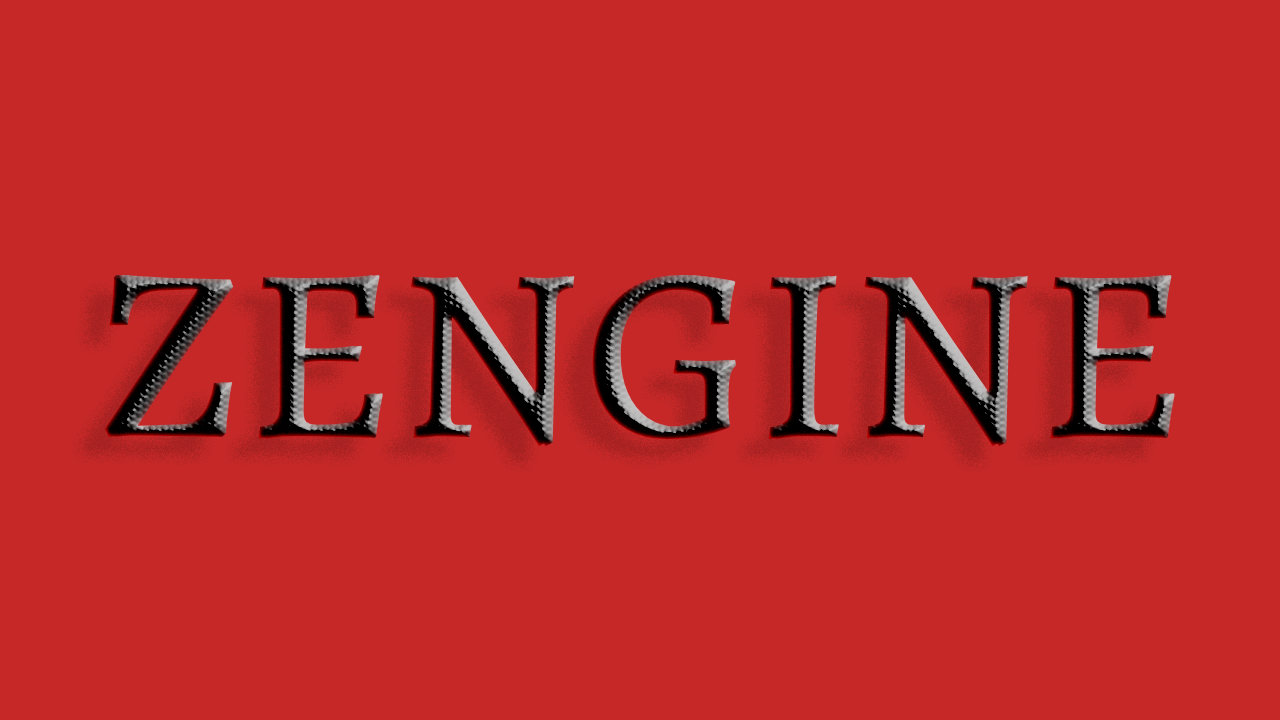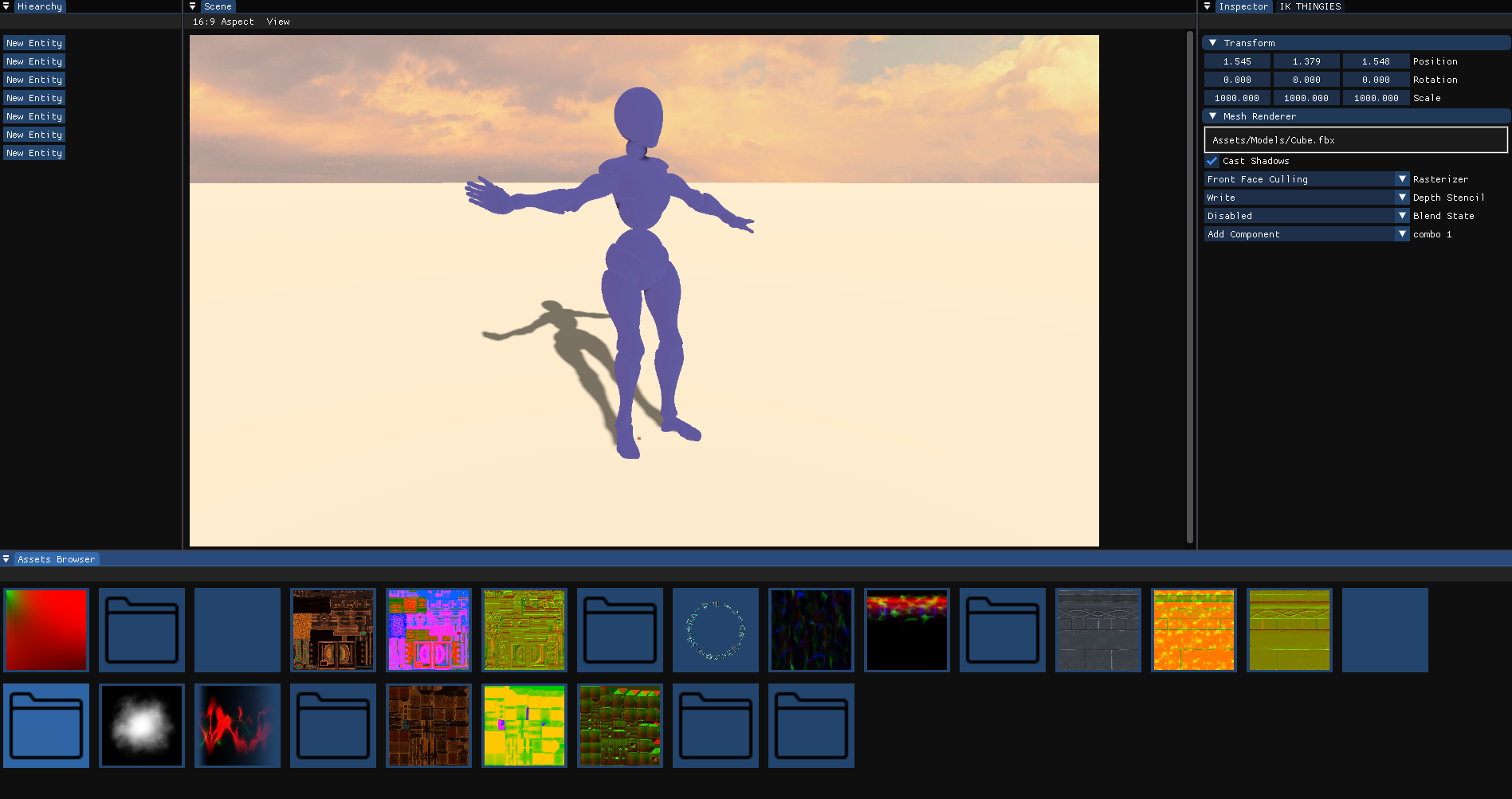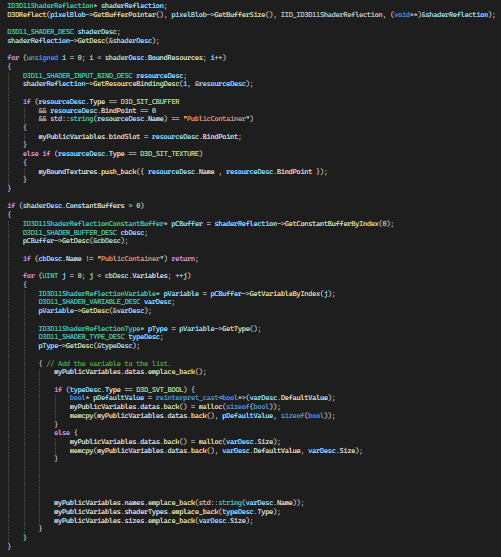Zengine
Is my own C++ Game Engine using the DirectX graphics API.
Began as a part of the Applied Graphics Programming course at TGA, but extended into my own interest and something I started developing further on my own.
So the things that I will list is stuff I've done on my own, and not part of the course.
What I've implemented:
- ImGui Editor
- ECS
- Shader Compiling
- Inverse Kinematics (Specialization)
- Asset Management
- And more!



